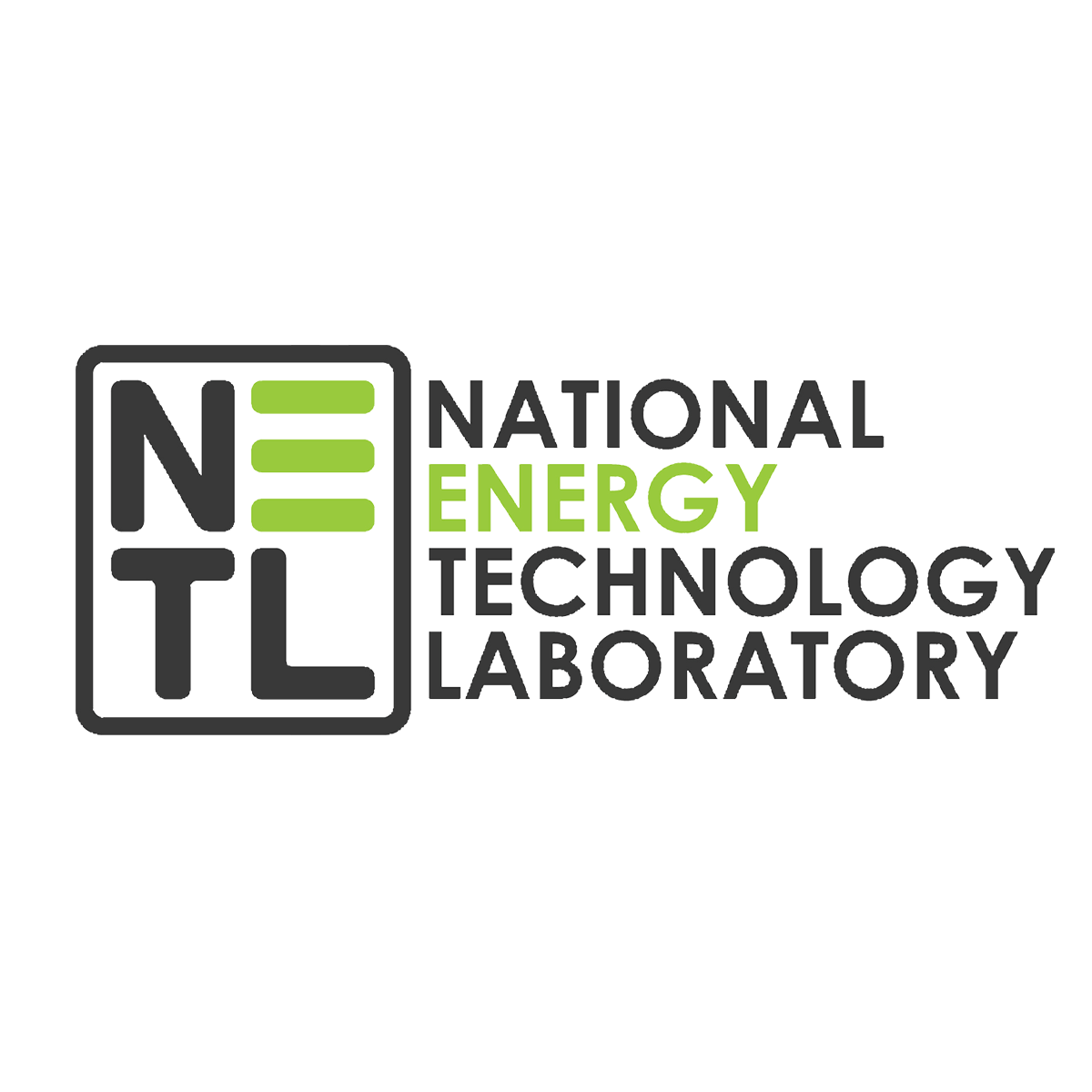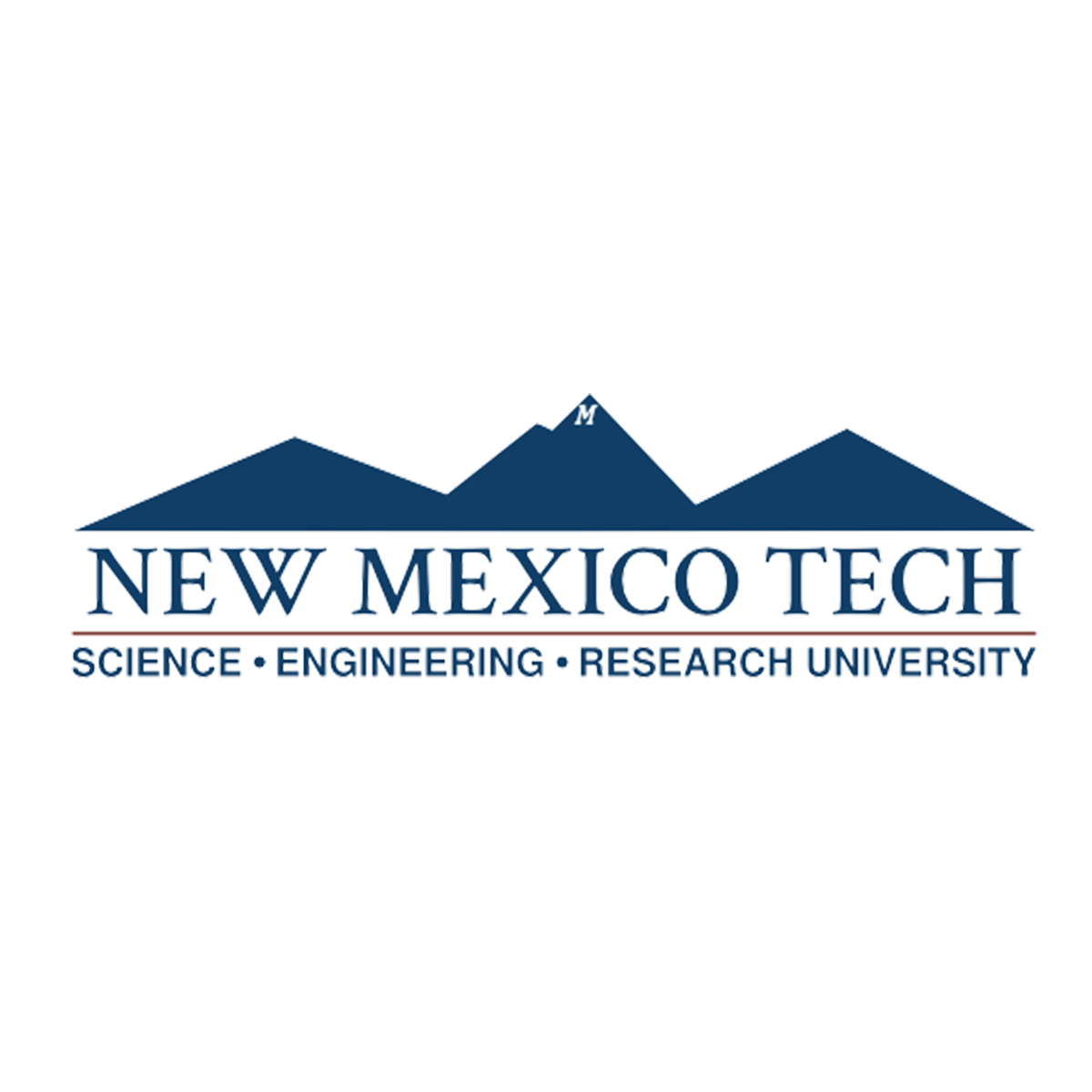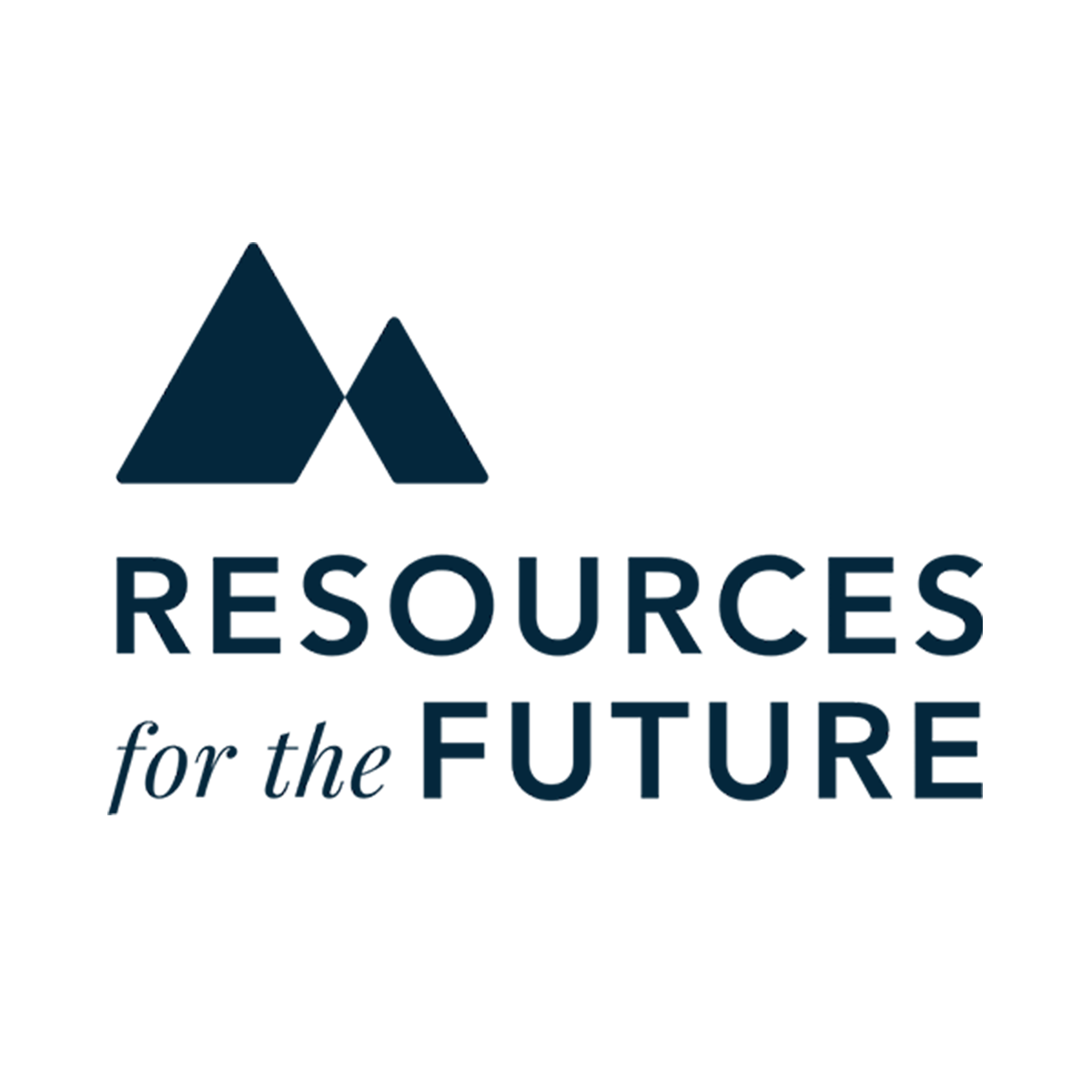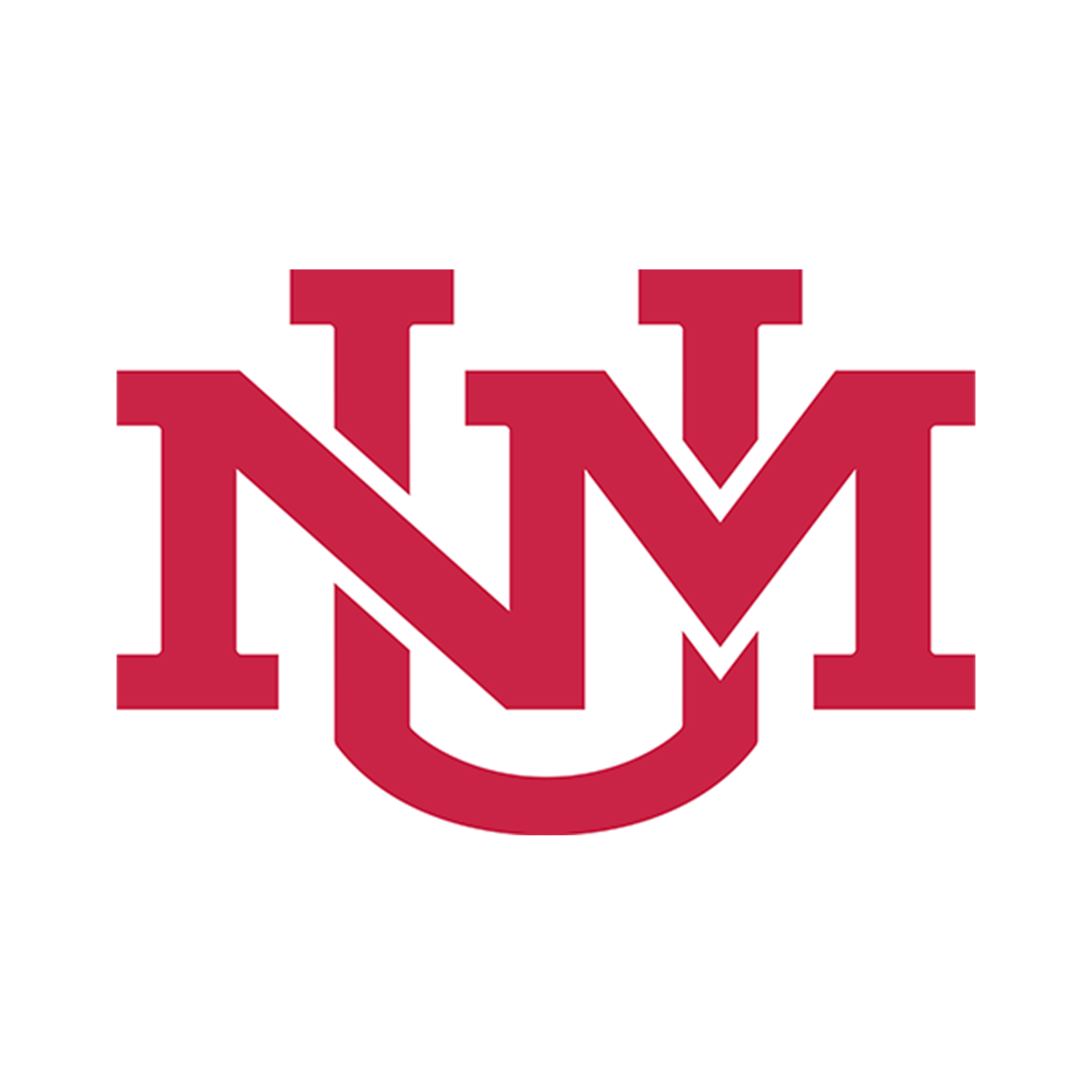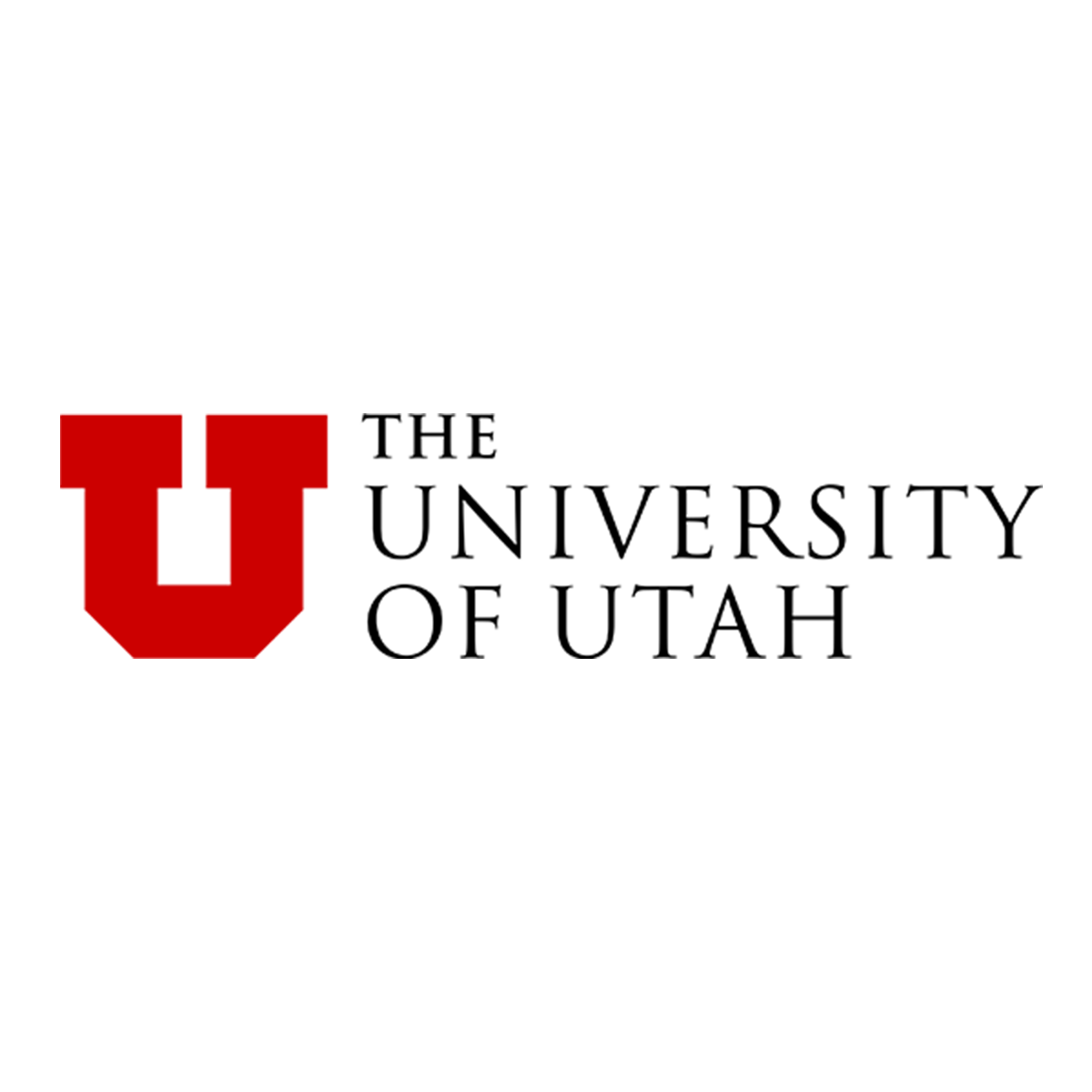Intermountain West Energy Sustainability & Transitions
On the road to carbon neutrality in the Intermountain West
“We must shift our thinking away from short-term gain toward long-term investment and sustainability, and always have the next generations in mind with every decision we make.”
– Deb Haaland, U.S. Secretary of the Interior
Growing concern about the role of carbon dioxide emissions in climate change has started to shift global energy markets. Domestic markets are also shifting, which poses both challenges and opportunities for the Intermountain West, a region of the United States with shared economic, geographic, and environmental attributes.
The Intermountain West Energy Sustainability & Transitions (I-WEST) initiative is empowering the region with integrated, place-based approaches for developing economically sustainable and carbon-neutral energy systems in partnership with energy-producing communities and sovereign nations. Key findings from the first phase of I-WEST are available in a public report published in December 2022.

I-WEST Roadmap
Intermountain West
The Intermountain West region is composed of six states (Arizona, Colorado, Montana, New Mexico, Utah, and Wyoming) that share related energy challenges, including persistent drought and economic dependency on fossil fuel. Common attributes also put these states in a unique position to create a regional CO2-based economy.
Clean Energy Challenge
Cutting carbon emissions is central to slowing climate change and the time to act is now. The U.S. has set a goal to reach 100% carbon emission–free electricity by 2035 and complete carbon neutrality by 2050. Learn about going carbon neutral, why it’s important in meeting this goal, and its role in building a strong economic future.
Regional Energy Solutions
Reaching carbon neutrality by 2050 requires quick action, as well as smart investments in clean energy systems that will shape the region’s future economy. The Intermountain West has the opportunity to reach these goals even sooner, beating other regions to the market. Lasting solutions to the Intermountain West’s climate problems rest on regionally relevant technologies, economic viability, and environmental equity.






